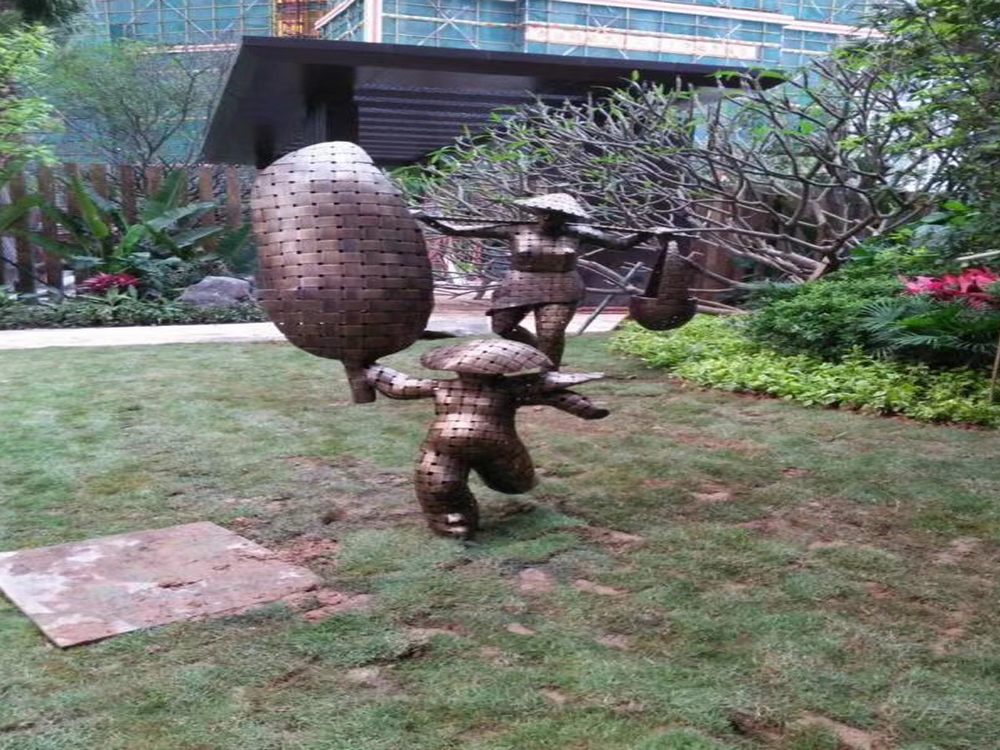
Creating bronze sculptures for disaster-prone regions presents a unique set of challenges that test both artistic vision and technical expertise. One of the primary obstacles is ensuring the durability of the artwork. Bronze, while robust, can still suffer damage from extreme weather events like hurricanes, earthquakes, or floods. Artists must carefully select alloys and finishes that resist corrosion and structural stress.
Another challenge is the logistical difficulty of transporting and installing heavy bronze pieces in areas with unstable infrastructure. Roads may be damaged, and lifting equipment might be scarce, complicating the process. Additionally, the sculptures must be anchored securely to withstand high winds or seismic activity, requiring innovative engineering solutions.
Environmental factors also play a role. In coastal regions, saltwater can accelerate corrosion, while in volcanic areas, airborne ash may degrade surfaces over time. Artists must balance aesthetic appeal with practical resilience, often opting for patinas or coatings that protect without compromising the sculpture's visual impact.
Finally, there’s the question of cultural sensitivity. Sculptures in disaster-prone areas often serve as memorials or symbols of resilience. Artists must collaborate closely with local communities to ensure the artwork honors their experiences and fosters hope.
Despite these challenges, bronze sculptures in such regions stand as powerful testaments to human creativity and endurance, merging art with functionality in extraordinary ways.

